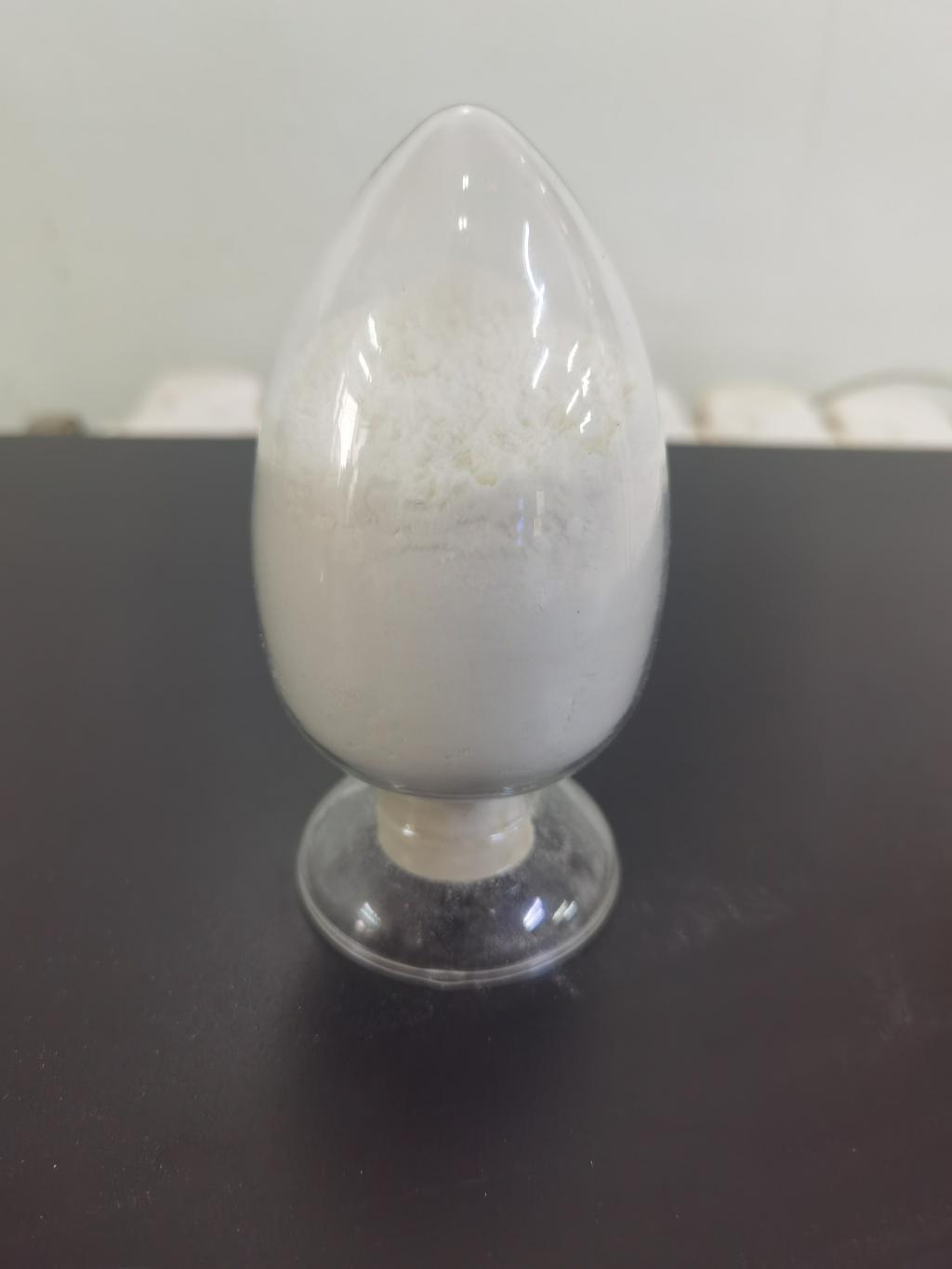Tel:0086 18231198596

News
Nisin vs. ε-Polylysine Hydrochloride: Comparing Natural Preservatives in the Food Industry
TIME:2024-01-02
Nisin: Nature's Antimicrobial Peptide
Nisin, derived from lactic acid bacteria, is a well-established natural preservative in the food industry. Its potent antimicrobial properties make it effective against a broad spectrum of Gram-positive bacteria. Nisin works by disrupting bacterial cell membranes, preventing the growth of spoilage and pathogenic microorganisms.
ε-Polylysine Hydrochloride: An Alternative Natural Preservative
ε-Polylysine Hydrochloride, derived from bacterial fermentation, is another natural preservative gaining attention. Like Nisin, it exhibits antimicrobial activity, particularly against Gram-positive bacteria. ε-Polylysine Hydrochloride functions by inhibiting bacterial cell wall synthesis, disrupting the integrity of bacterial cells.
Comparative Analysis of Antimicrobial Properties:
Both Nisin and ε-Polylysine Hydrochloride have strong antimicrobial properties, but their mechanisms of action differ. Nisin forms pores in bacterial cell membranes, leading to cell death, while ε-Polylysine Hydrochloride inhibits cell wall synthesis. The choice between these two preservatives may depend on the specific microbial challenges encountered in different food products.
Applications in Food Preservation:
Nisin and ε-Polylysine Hydrochloride find applications in various food products, ranging from dairy and meat to baked goods and beverages. Nisin is commonly used in cheese production, while ε-Polylysine Hydrochloride is applied in products susceptible to spoilage, such as processed meats and beverages. Understanding the specific requirements of each product is essential in choosing the appropriate preservative.
Regulatory Status:
The regulatory approval of natural preservatives is crucial for their widespread use in the food industry. Nisin has received regulatory approval in many countries, including the United States, the European Union, and Japan. It is generally recognized as safe (GRAS) by the U.S. FDA. On the other hand, ε-Polylysine Hydrochloride is approved in some regions but may have varying regulatory statuses globally. Compliance with regional regulations is essential for manufacturers considering the use of these preservatives.
Clean Label Considerations:
Consumer demand for clean-label products has influenced the food industry's choice of preservatives. Both Nisin and ε-Polylysine Hydrochloride have the advantage of being derived from natural sources, aligning with clean-label trends. However, the extent to which they meet clean-label expectations may vary, and manufacturers should communicate transparently about the sourcing and processing of these preservatives.
Synergistic Potential:
Combining preservatives to create a synergistic effect is a strategy employed in the food industry to enhance antimicrobial activity. Research suggests that combining Nisin and ε-Polylysine Hydrochloride may result in increased efficacy against a broader spectrum of microorganisms. This potential synergy could offer manufacturers a comprehensive preservation solution.
Shelf-Life Extension and Quality Maintenance:
The primary goal of food preservation is to extend shelf life while maintaining product quality. Both Nisin and ε-Polylysine Hydrochloride contribute to achieving this objective by inhibiting the growth of spoilage and pathogenic microorganisms. Evaluating their impact on sensory attributes, nutritional content, and overall product quality is essential in determining their suitability for specific applications.
Cost Considerations and Production Scalability:
The cost-effectiveness and scalability of production are crucial factors in choosing a preservative for large-scale food manufacturing. Nisin production involves fermentation processes, and its cost may be influenced by factors such as raw material availability and production efficiency. Similarly, ε-Polylysine Hydrochloride production involves bacterial fermentation, and its cost may vary depending on production conditions and purity requirements.
Environmental Impact and Sustainability:
Sustainability is an increasingly important consideration in the food industry. Both Nisin and ε-Polylysine Hydrochloride offer potential environmental benefits compared to synthetic preservatives. Their natural origins and targeted antimicrobial actions contribute to reducing the environmental impact associated with food preservation. Assessing their overall sustainability, including factors such as energy use and waste generation during production, is critical.
Conclusion:
The choice between Nisin and ε-Polylysine Hydrochloride as natural preservatives in the food industry involves a comprehensive evaluation of their antimicrobial properties, applications, regulatory status, clean-label considerations, synergistic potential, shelf-life extension, cost, production scalability, and sustainability. Manufacturers must carefully weigh these factors based on the specific requirements of their products and the preferences of consumers. As the food industry continues to evolve towards more natural and sustainable practices, the selection of preservatives will play a pivotal role in meeting the demands of both regulatory bodies and discerning consumers.

 CONTACT
CONTACT




